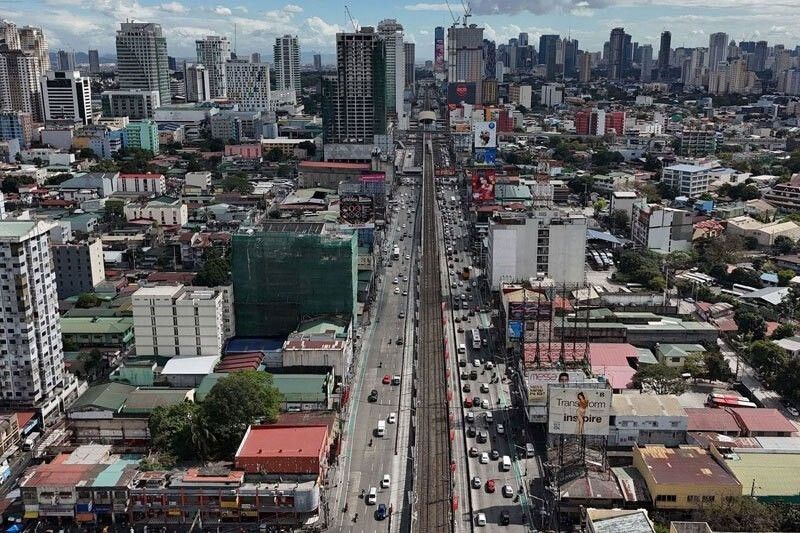
Upgrade to High-Speed Internet for only ₱1499/month!
Enjoy up to 100 Mbps fiber broadband, perfect for browsing, streaming, and gaming.
Visit Suniway.ph to learn
Philstar.com
July 15, 2025 | 7:00am
Dark skies loom over the Ateneo de Manila University campus in Quezon City. During the monsoon season from July to September, rains in the western portion of the Philippines are made heavier by tropical cyclones that stay far from land.
ADMU / Aaron R. Vicencio
MANILA, Philippines — Tropical cyclones that stay far from the Philippines' landmass are often more responsible for intense rainfall during the annual southwest monsoon or "habagat" season than those that directly hit the country, scientists warned in a new study.
While the “direct” effect of tropical cyclones accounts for just 15.4% of rainfall during the habagat season, “indirect” effects from cyclones that do not make landfall contribute more than twice that amount. The remaining 51.5% of rainfall comes from the monsoon system alone.
The research, conducted by scientists from the Ateneo de Manila University, the Manila Observatory, state weather bureau PAGASA and Japanese partner institutions, analyzed 62 years of data from 1961 to 2022. It focused on rainfall patterns along the country’s western coast during the peak southwest monsoon months of July to September.
It found that on average, 33.1% of southwest monsoon rainfall is caused by tropical cyclones that stay offshore but enhance the habagat. These faraway cyclones pull in massive amounts of moisture from the surrounding seas, intensifying monsoon rains into torrential downpours.
The findings counter widely held belief that only tropical cyclones that directly hit the country pose the most serious flooding risks.
One striking example cited is Super Typhoon Carina (international name Gaemi), which stayed well away from the Philippines in July 2024 but triggered severe monsoon rains. During the episode, Quezon City recorded nearly a month’s worth of rain in just 24 hours, leading to floods that killed 48 people and caused over P8 billion in damages—even though the super typhoon never made landfall.
How storm paths matter
A cyclone's “genesis point,” or where the weather system forms, also influences its effect. Cyclones that form farther from the country tend to veer northeast of Luzon, increasing their chances of enhancing the monsoon.
By contrast, those that form closer often move quickly westward and have a weaker impact.
In the four rainiest habagat seasons on record—1962, 1972, 2012, and 2018—total rainfall exceeded 2,000 millimeters. In those years, the largest share of rainfall came from the indirect effects of distant cyclones. In some cases, up to 41.5% of rainfall was linked to storms that never made landfall, but still caused widespread flooding in Luzon and parts of Visayas.
Call for improved weather monitoring
By separating the rainfall contributions from the monsoon itself and the direct and indirect effects of tropical cyclones, scientists hope to enhance how authorities forecast and prepare for extreme weather.
This distinction is critical, especially as climate change intensifies the unpredictability of both cyclones and seasonal rainfall. The researchers stressed the need to monitor not only approaching typhoons, but also their formation and interaction with the monsoon system.
Better understanding of these interactions, they said, is vital for local governments and disaster response agencies—particularly in flood-prone areas like Metro Manila, Zambales, Ilocos and Palawan.

 9 hours ago
3
9 hours ago
3



